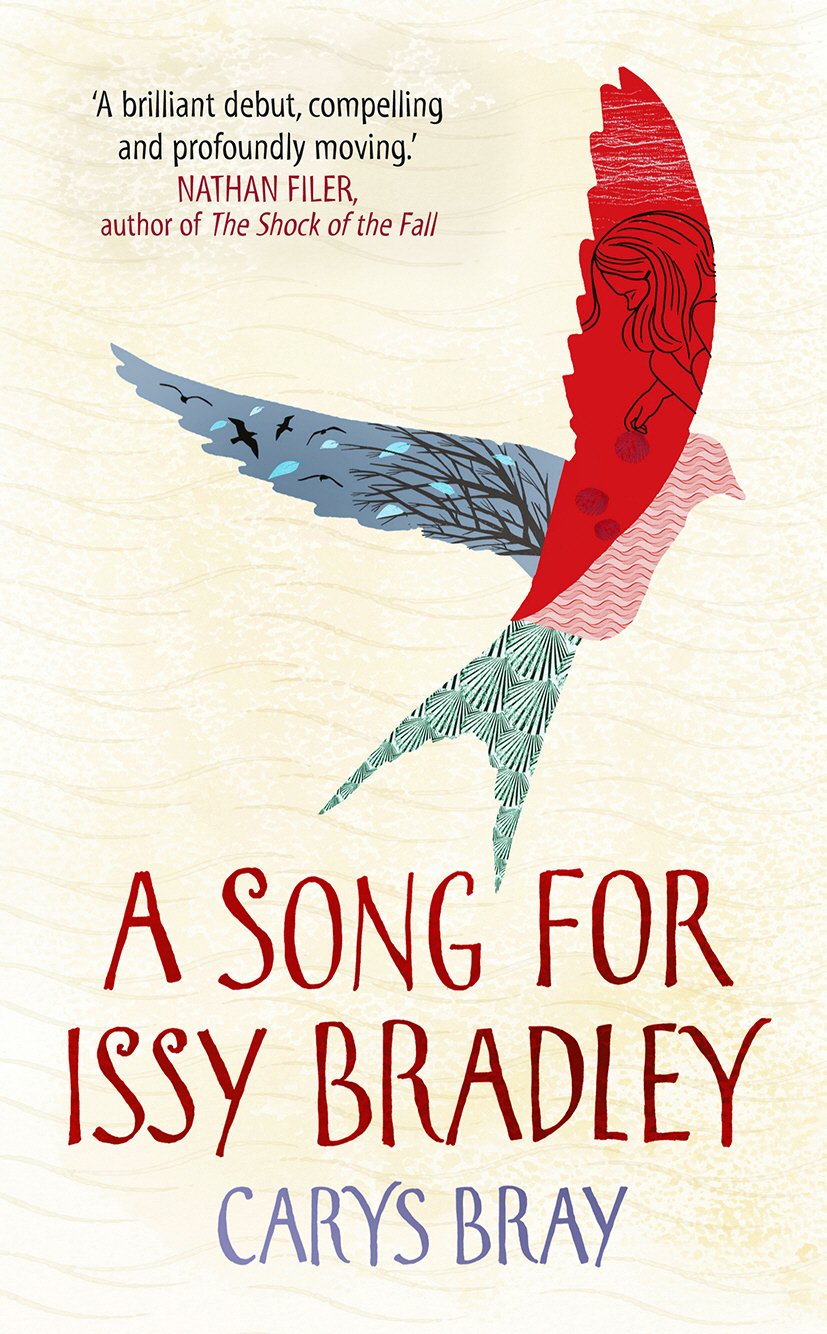The Girl On The Train has been much praised as a gripping, twist-filled psychological thriller of the Gone Girl ilk, although personally I think it’s much more akin to the work of Sophie Hannah, Elizabeth Haynes or SJ Watson.
What it does share with Gone Girl is a set of characters who are largely unsympathetic. From the needy, alcoholic divorcee Rachel, fantasising on her commute about a perfect couple she sees from the train, to the unstable. self-destructive Megan, whose disappearance drives the plot, and Anna, the triumphantly smug second wife of Rachel’s ex-husband, these are a difficult bunch of people to like. And before anyone levels accusations of misogyny, the men certainly don’t fare any better, although they are secondary characters in this compelling drama.
 It’s a mark of the author's skill, therefore, that for all the substantial faults of these people, we can still care about them. There are moments when we're steered perilously close towards wondering if they might even deserve their respective misfortunes, but whenever this happens Paula Hawkins always throws a well-timed curve-ball to remind us that, for all their poor decisions and unattractive traits, it's never wise to judge these women before we know their full stories.
It’s a mark of the author's skill, therefore, that for all the substantial faults of these people, we can still care about them. There are moments when we're steered perilously close towards wondering if they might even deserve their respective misfortunes, but whenever this happens Paula Hawkins always throws a well-timed curve-ball to remind us that, for all their poor decisions and unattractive traits, it's never wise to judge these women before we know their full stories.
All of them take their turns as narrators, sometimes in the present and sometimes in flashback, although it's really Rachel, the 'girl on the train' of the title, who is the novel's protagonist. Staring out of the train window as she travels to and from London every day, she builds a fictional back story for 'Jess and Jason', an attractive, devoted young couple whose house backs on to the railway line - coincidentally just a few doors down from the house in which she previously lived with her husband, Tom. Tom is now married to Anna, and has chosen to move her into the home he once shared with Rachel: while Rachel rents a box room in the flat of a friend she barely even likes, Anna lives in apparent marital bliss, a self-satisfied cuckoo in what was once Rachel's nest. It's when Rachel, still obsessed with Tom, makes a trip to her old street one night that 'Jess' - whose real name is Megan while 'Jason' is actually Scott - goes missing. Rachel, after an alcohol-induced blackout and a drunken fall, remembers nothing of that evening. But what she is certain of is this: the last time her train passed Megan's house, it wasn't Scott that she was kissing in the back garden.
Rachel's determination to solve the mystery of Megan's disappearance is often misguided and frequently inept (I promise you will want to shake her on several occasions) but nonetheless, her refusal to give up is intriguing and the gradual unravelling of everything we believe to be a certainty makes for a tense, absorbing narrative.
I did, unfortunately, have a strong hunch what the big reveal was going to be by the time I was about two-thirds into the book, although it's hard to say whether this was due to a small element of predictability or simply a lucky guess on my part ... I'm by no means an accomplished detective, however, so I would probably give the benefit of the doubt and suggest it was the latter.
Overall, The Girl On The Train is a remarkably assured, confident debut novel, and I'm certain we'll see a lot more of Paula Hawkins.

